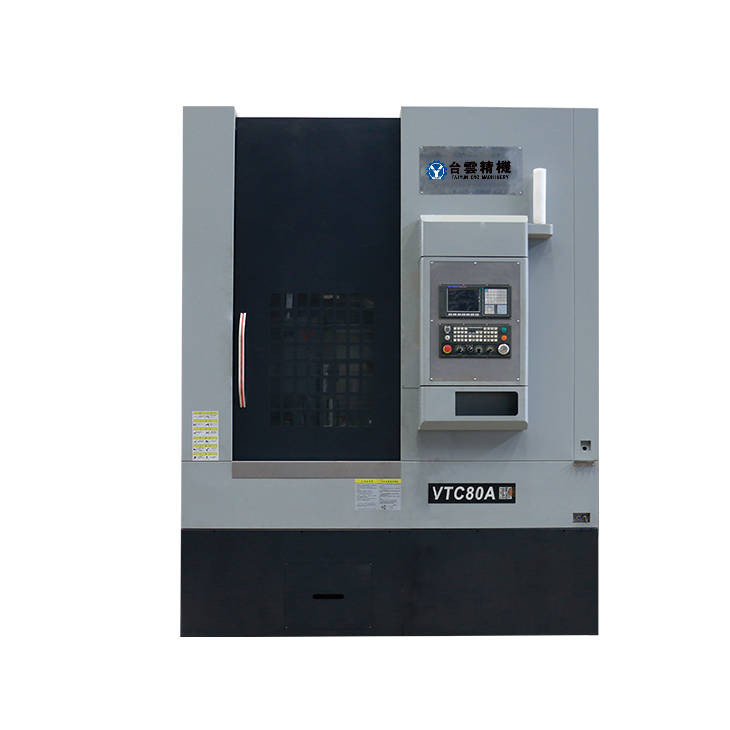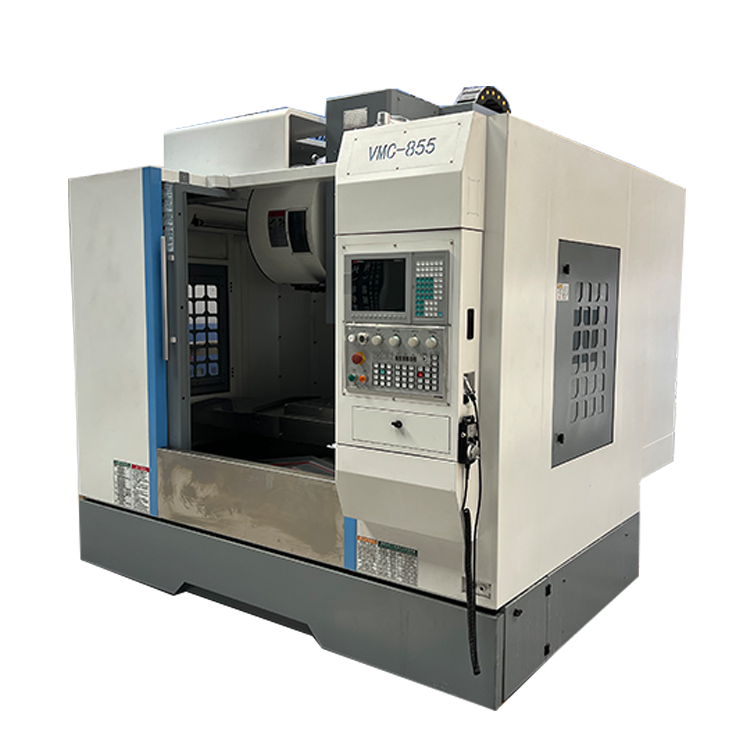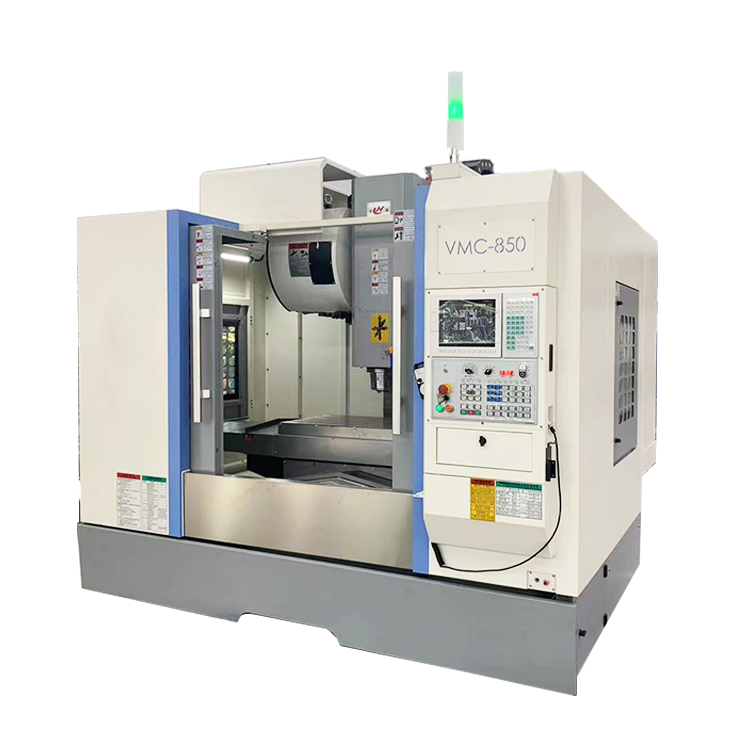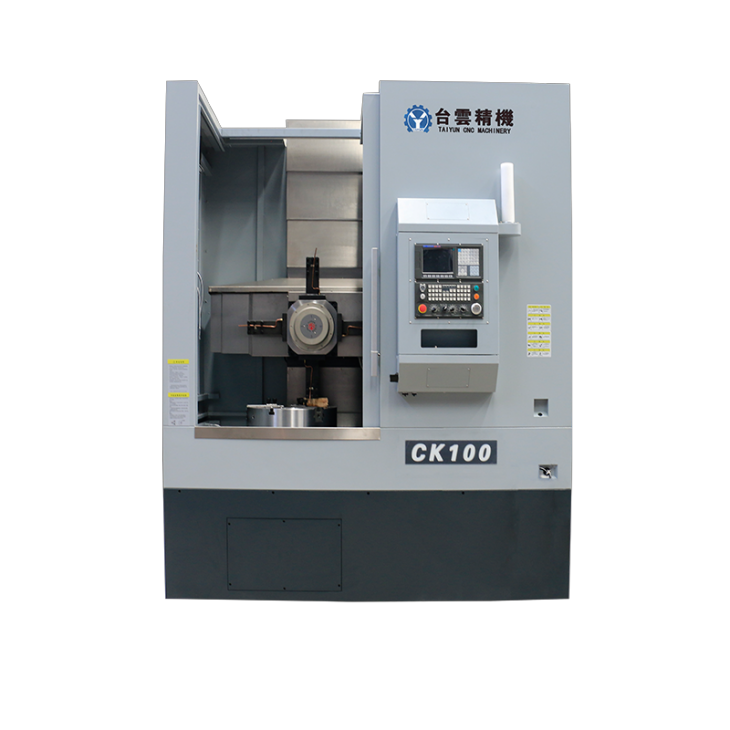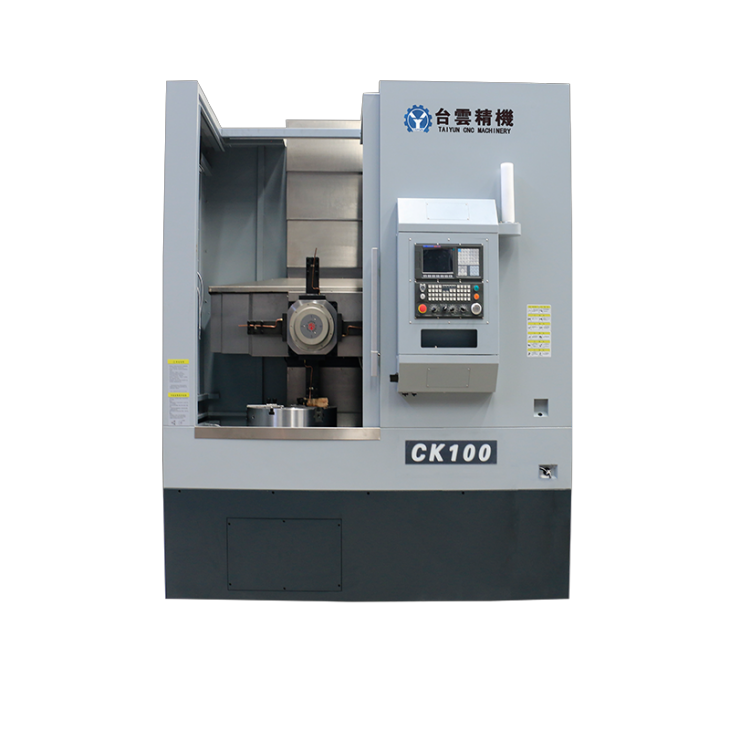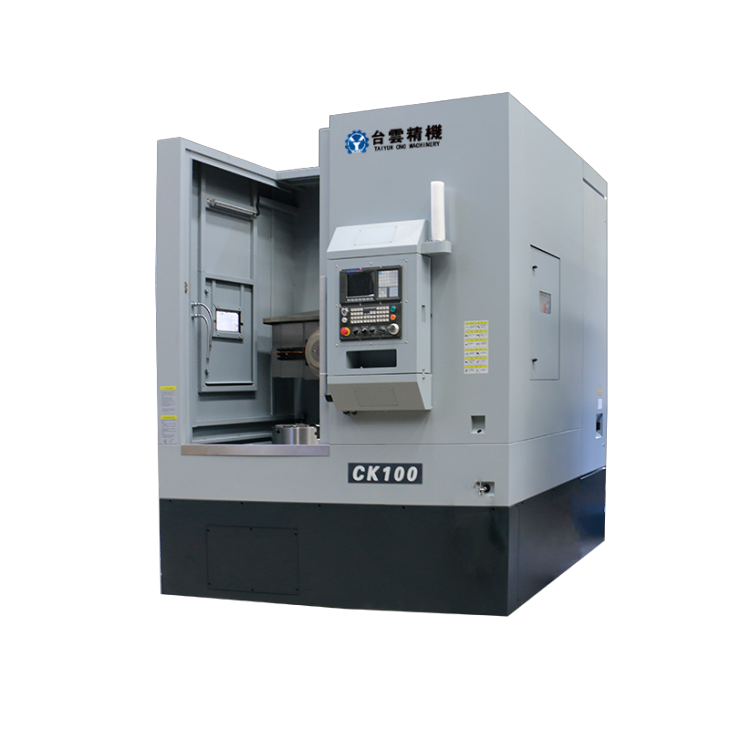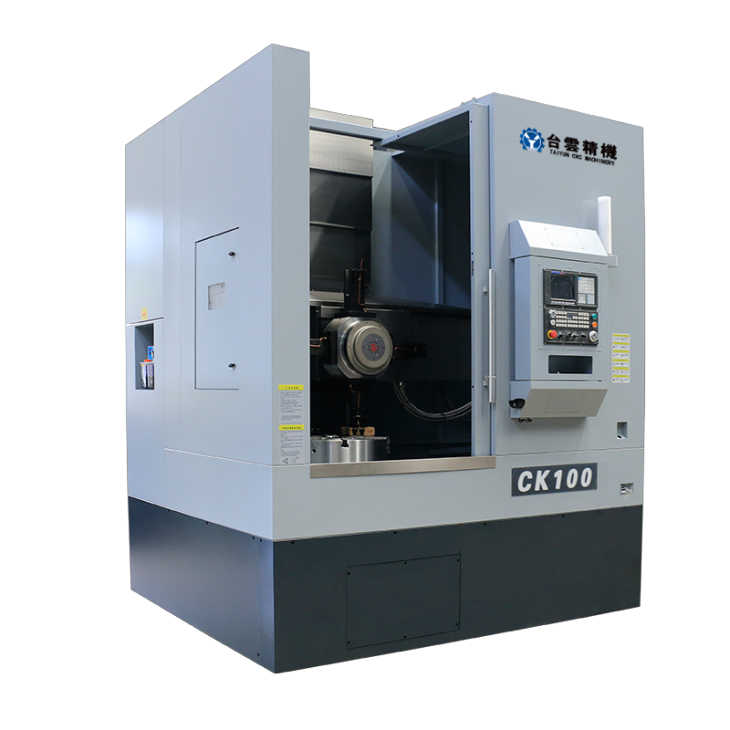- Recommended news
-
System composition of CNC horizontal machining center
2024-06-18
-
A method to solve the problem of spindle shaking in CNC lathes
2024-06-15
-
In which industry is the most widely used CNC vertical lathe?
2024-06-04
-
How to clamp the workpiece on a CNC vertical lathe?
2024-05-29
-
CNC milling machine machining center commonly used accessories
2024-05-25
-
Steps for adjusting the turret of a CNC vertical lathe
2024-05-22
CNC vertical lathe pulley mechanical parts
CNC vertical lathes can be used to process pulleys. The following are general processing steps:...
CNC vertical lathes can be used to process pulleys. The following are general processing steps:
1. Preparation: Before processing, CNC vertical lathes need to prepare the design drawings or CAD models of pulleys and prepare the required materials, usually cast iron, aluminum alloy and other metal materials.
2. Install the workpiece: CNC vertical lathes install the prepared materials on the workbench of CNC vertical lathes to ensure that the workpiece is firmly clamped to prevent movement or vibration during processing.
3. Select tools: CNC vertical lathes select suitable tools for processing according to design requirements and material properties. Usually, milling cutters are used for turning, and suitable milling cutter diameters and tool shapes are selected.
4. Set processing parameters: Set processing parameters in the CNC system, including cutting speed, feed speed, cutting depth and other parameters to ensure stability and efficiency during processing.
5. Processing process:
Roughing: CNC vertical lathes use roughing tools to perform preliminary contour turning on the workpiece, remove excess material, and gradually make the shape of the workpiece close to the design requirements.
Finishing: The CNC vertical lathe uses finishing tools to accurately process details such as the hub and belt groove to ensure that the dimensional accuracy and surface quality meet the requirements.
Hole processing: If the pulley needs hole processing, the CNC vertical lathe can use a drill to perform hole processing operations to ensure the accuracy of the hole diameter and position.
6. Inspection and adjustment: After the CNC vertical lathe completes the processing, the processed pulley is inspected to ensure that the size and surface quality meet the requirements. If necessary, make necessary adjustments and trimming.
7. Cleaning and maintenance: The CNC vertical lathe cleans the processed pulley, removes impurities such as cutting fluid and metal chips, and keeps its surface clean. Lubrication and rust prevention treatment are performed as needed to extend the service life of the pulley. 8. Finishing processing: After the CNC vertical lathe is completed, the workpiece is unloaded in time, and the final quality inspection is carried out to ensure that the quality of the pulley meets the design requirements.
Through the above steps, the CNC vertical lathe can efficiently process pulleys that meet the requirements to meet the needs of industrial production.
| Specification | unit | CK100 | Specification | unit | CK100 |
| X axis | mm | 580 | Tool holder form | Vertical four-station | |
| Z axis | mm | 800 | Ball screw accuracy | C3 level | |
| Maximum turning diameter | mm | Φ1000 | Lead Screw Size | X:Φ40*10mm Z:Φ50*10mm | |
| turning diameter | mm | Φ1000 | X direction motor | 15NM | |
| turning height | mm | 800 | Z direction motor | 18NM | |
| Spindle speed | rpm | 100-800 | Spindle motor | 22Kw/375rpm | |
| Spindle motor power | Kw | 22Kw/375rpm | RS-232 transmission interface and USB interface | RS-232 | |
| Spindle diameter | mm | Φ160 | X/Zaxis rapid feed rate | 8m/min | |
| Chuck type | hydraulic chuck | positioning accuracy | mm | ±0.012 | |
| Chuck Specifications | 24 inches | Repeatability | mm | ±0.008 | |
| Tool holder form | Vertical four-station | Dimensions (approx.) | mm | 2600*2600*3500mm | |
| Ball screw accuracy | C3 level | equipment weight | kg | 7500 | |
| Lead Screw Size | X:Φ40*10mm Z:Φ50*10mm |

 English
English 日本語
日本語 한국어
한국어 Россия
Россия  Français
Français España
España عرب .
عرب .  Português
Português Deutsch
Deutsch भारत
भारत Нидерланды
Нидерланды
